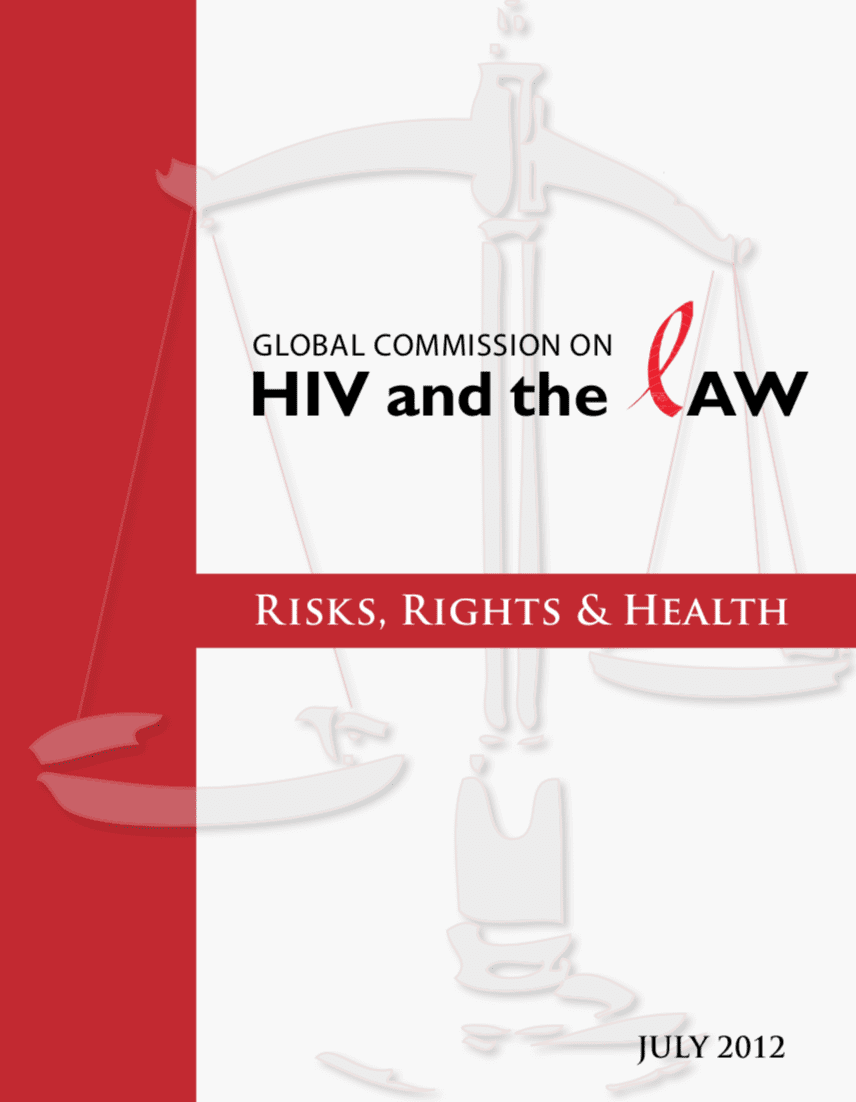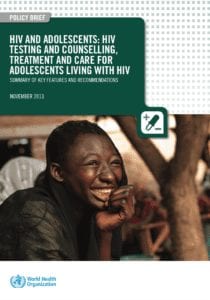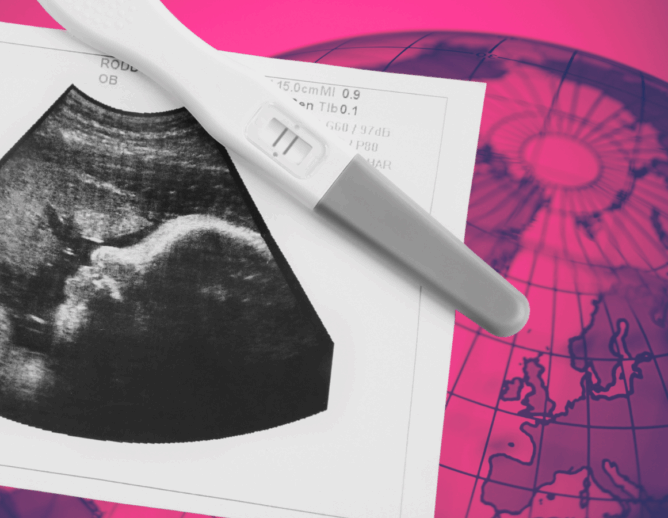If you’re reading this blog, you’re probably more than familiar with evidence-based policymaking. You may not be as used to thinking about laws and policies themselves as a form of data. But they can be. By collecting, mapping and analyzing laws/policies across jurisdictions and over time, we can systematically evaluate the relationships between policies and health outcomes. (If you want to know more, a good place to start is Scott Burris’ work on legal epidemiology and policy surveillance.)

One example of this is the HIV Policy Lab being developed by the Global Health Policy & Governance Initiative. This database will track 35 HIV-related laws and policies across 194 countries. We then compare those national policies to global norms and benchmarks—asking, for example, whether a given country’s national HIV testing and treatment guidelines align with WHO recommendations, or criminalizes sex work in contravention of recommendations by the Global Commission on HIV and the Law. There are any number of challenges involved with this kind of project (not least around data availability and quality). But two in particular I think are worth highlighting.
What Counts as Policy?
To engage in policy surveillance, you first have to decide what “counts” as policy—that is, what makes it onto the law. Policies comes in many different forms. Laws are codified and so easily recognized. But in the world of HIV, there are also national strategic plans, clinical guidelines, Ministry of Health circulars, budgets, and a raft of international commitments. Adding layers of complexity, policies may differ at different levels of government. The policies that exist on paper don’t always match the policies that exist in practice (formal vs. informal policy). And then we get into the whole separate question of whether policies are actually implemented…
From the first, our team decided to focus on the national level. We also decided to confine this phase of the project to assessing formal law/policy, rather than informal policies or implementation, for two reasons. First, documenting formal laws/policies is a necessary precursor to evaluating implementation. Likewise, good laws/policies aren’t sufficient for good health outcomes, but “bad policies” lead directly to bad health outcomes (e.g. clinical guidelines that prescribe sub-standard care or criminalization laws that scare people away from seeking care).
Beyond that, though, we get into a foggy area. We want to look at what policies say, but we also want to make sure that what we’re looking at is more substantive than words on a page. For our purposes, a goal written in a national strategic plan doesn’t itself count as policy. It needs to be concretized and operationalized, given some substance. Defining what that substance is has been a conceptual and methodological challenge. Turns out that unlike pornography, policy isn’t a you-know-it-when-you-see-it kind of thing.
What Counts as “Good” Policy?
The HIV Policy Lab has a normative component—we’re constructing what a “good” HIV policy environment looks like and assessing how close countries come to it. But critically, it’s not up to our team to define what “good” looks like. For each of our 35 indicators, we’re comparing countries’ laws/policies to benchmarks set by global authorities based on scientific evidence and principles of international human rights law. But what do we do when those benchmarks are ambiguous?

Scientific evidence and international law are evolving things. On the one hand, we want our indicators to capture that evolution. We want the HIV Policy Lab to show which countries are leading the way when it comes to policy innovation, not just the ones that are lagging behind. On the other hand, it takes time for emerging principles to be translated into definitive pronouncements. In the absence of recommendations from WHO or another international authority, it is neither methodologically rigorous nor normatively legitimate for a handful of social science researchers to take it upon ourselves to decide what constitutes good policy. Consequently, where global guidelines are conservative or lag behind the latest evidence, the HIV Policy Lab’s policy evaluation rubric must do so as well.
For example, it is widely recognized that parental consent requirements discourage adolescents from seeking HIV testing and counseling (HTC) and treatment.* UNAIDS (p.23) recommends “striking down requirements for parental or spousal consent” when it comes to HTC (see also UN Special Rapporteur on the Right to Health, p.12). But other authorities are more equivocal, partly out of consideration for political and cultural sensitivities and partly because of the concept of “evolving capacities”. WHO (p.3) and the Global Commission on HIV and the Law (p.75) say only that age-of-consent laws (for testing and treatment) should align with other age-related consent laws—e.g. if adolescents are legally able to consent to sex, they should also be able to consent to HIV counseling, testing, and treatment. So can we benchmark age-of-consent laws for testing as bad policy? What about for treatment? Stay tuned…
* UNAIDS (p.28) says that “such laws and policies compound [adolescents’] vulnerability,” while WHO (p.20) says that “current consent policies are a key barrier to uptake of services by adolescents are a key barrier to uptake of services by adolescents.”



